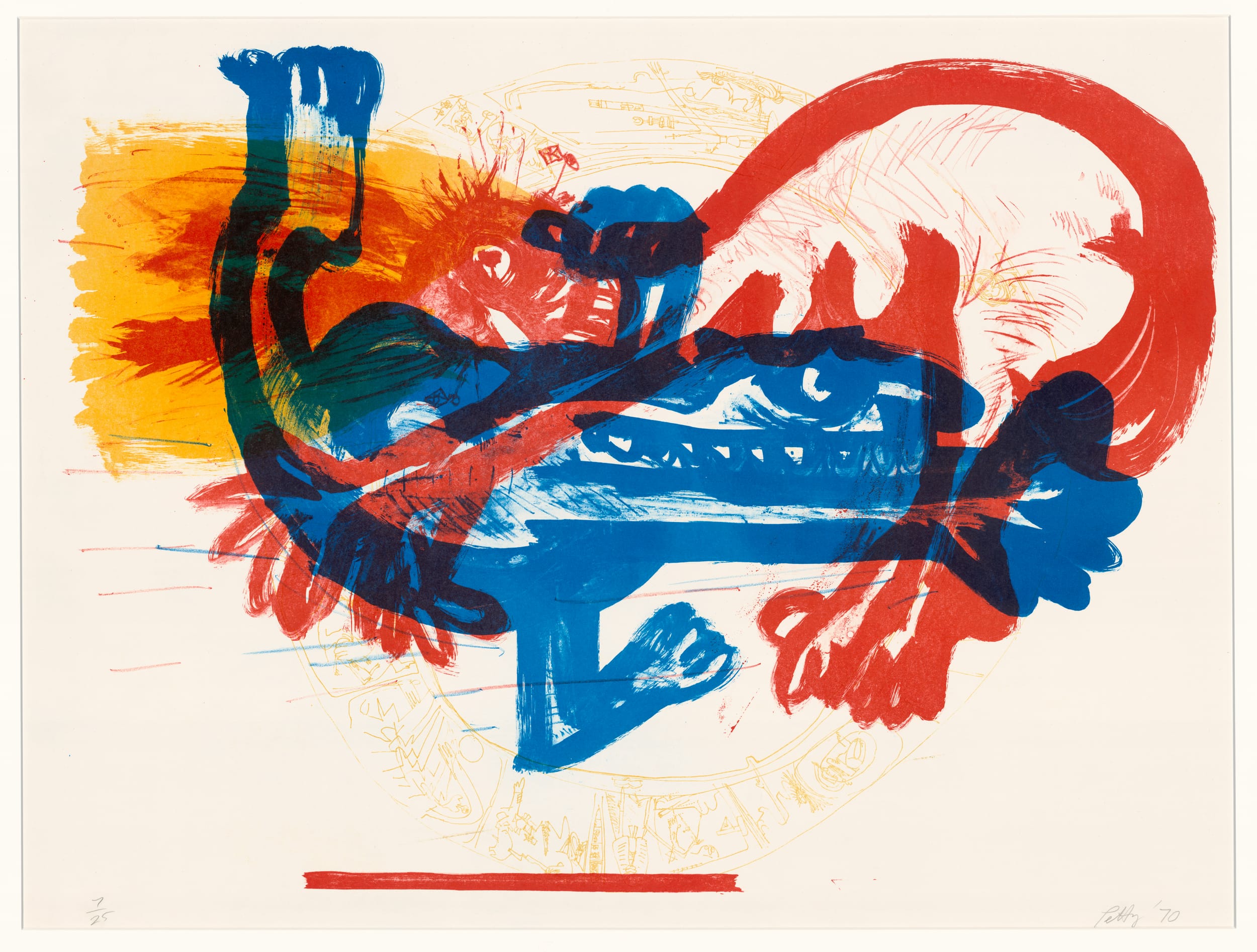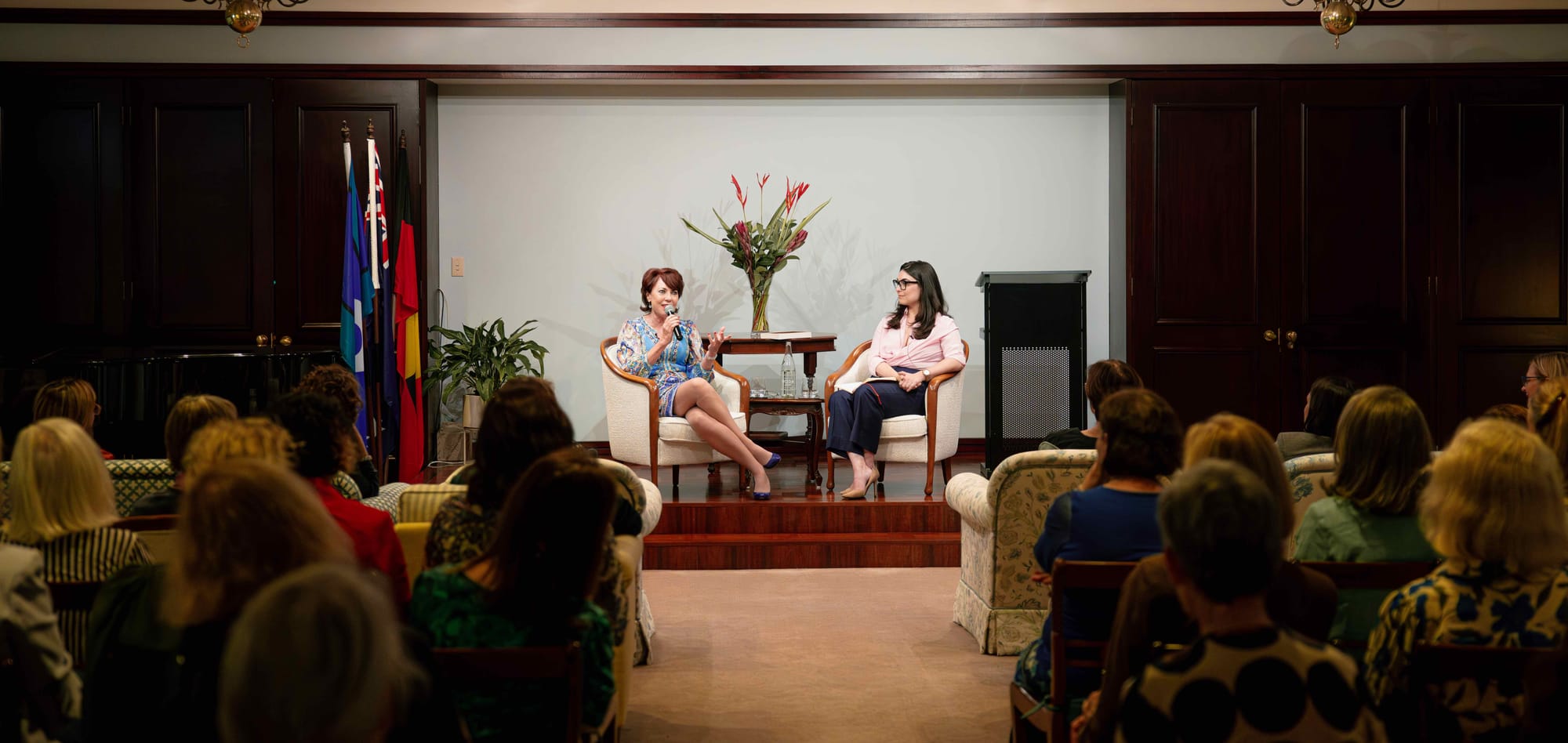
Plus alpaca shopping and butterfly gardening. Welcome to Galah Weekly, our award-winning newsletter keeping you up to date with regional headlines that matter, plus other delightful things from life beyond the city. By Dean Southwell, who knows farm prices tell only part of the story.
Agricultural land has delivered the biggest increase in value of any property sector in the past 20 years, according to a major report.
The price of farmland increased by an average of 256% across the two decades to 2023, while inflation in the same period was just under 67%.
The Australian Property Institute’s first Valuation Insights Report showed prices for farmland in the Victorian Wimmera – which were also driven by a demand for land for renewable energy projects – topped the table, increasing by 802%.
Seven of the top 10 growth sectors were farmland. Other locations in the top 10 were Tasmania (689%), Qld central north (662%), NSW north-west slopes and plains (594%), Qld west and south-west (471%), NSW Riverina (400%) and Victorian southern and eastern farmland (346%).
Sydney industrial warehouses and industrial land in Victoria’s central north were the only others to make the top 10. Residential property values rose by an average of 154% across the country.
This news might be cold comfort for farmers and other residents across Qld and NSW, who are again dealing with devastating floods.
As if that’s not bad enough, police have charged two men over looting in the flood-ravaged NSW town of Taree last weekend.
Somehow, in an extraordinary year of floods, drought and dust storms, Australian farmers are about to plant a record winter crop equivalent in size to the UK.
Looking for a place in Sydney that feels like home, where culture, connection and conversation come together? The Women’s Club is a membership-based community of curious, creative and accomplished women from across Australia.
We offer members access to bespoke clubrooms overlooking Hyde Park, with vibrant cultural programming, literary events, dining options and boutique accommodation perfect for regional members visiting the city. Join as a full member or explore our TWC Friends pathway for just $300 for 12 months to access select benefits and updates. Discover membership today
While the push for renewables in Victoria’s Wimmera might have helped fuel the surge in property values, the energy transition is driving community division there and around the country.
In central Qld, residents are demanding a say in how development proceeds as five companies aim to develop large-scale battery systems in and around the small town of Bouldercombe. Residents such as Mikaela Humble say renewable energy developers are treating communities as “the last box to tick”, instead of involving them throughout the process.
Last week Qld deputy premier Jarrod Bleijie blocked planning approval for a $1 billion wind farm near Rockhampton based largely on the lack of community support. He said 88% of residents had opposed the development. “We think an equal and fair policy [is needed]. Just like the resource sector, the agriculture sector, the gas sector have to get certain approvals and community buy-in and community say, so should renewable energy projects,” he said.
A retired Victorian pharmacist who became interested in butterflies after meeting TV naturalist Harry Butler in the 1970s has spent 50 years breeding them to bring “a bit of magic” to her garden and town.
Each year Ellen Reid breeds thousands of monarchs, jezebels and yellow admirals that feast on the nectar of more than 40 buddlejas in the yard of her St Arnaud home. Many of them make their way to gardens around the town, and she also gives pupae to community members and zoos to help butterfly conservation.
Reid said butterfly gardening was, simply, a beautiful thing to do. “It adds magic to the garden.”
Qld researchers say targeted conservation of a further 0.5% of Australia’s land mass could save hundreds of plants and animals from extinction.
Griffith University’s Michelle Ward and University of Queensland’s James Watson examined how much habitat is protected for 305 endangered species, finding about half the habitat they need to survive has no protection.
Australia has 426 critically endangered species and more than 1900 Australian plants and animals are listed as threatened. More than 22% of the nation’s land has some form of protection and the federal government has committed to lifting that to 30% by 2030.
In brighter news, western quolls and brushtail possums that were once extinct in SA’s Ikara-Flinders Ranges National Park are thriving a decade after being reintroduced.
And in Qld, more than 30 camels have shown their capacity to control the invasive prickly acacia by eating it. A four-year trial has shown the camels don’t kill the plants but at least limit the spread of a weed that costs the state’s farmers more than $27 million a year.
A switch to producing “green iron” for steelmaking is seen as the future in the WA Pilbara as the market for Australia’s biggest export commodity demands higher-quality iron produced with cleaner technology.
Fortescue Metals Group boss Andrew Forrest warned last week that Chinese steelmakers were moving away from traditional coal-fuelled blast furnaces to cleaner technologies requiring higher grades of iron ore, which posed a challenge to the Pilbara’s giant mines.
Former ACCC chairman Rod Sims, who chairs a renewable energy and green industry think-tank, said Australia had the renewable energy and resources to produce higher quality “green” iron, which is produced with fewer emissions by using renewable energy or hydrogen.
Meanwhile, federal Environment Minister Murray Watt has approved an extension until 2070 of the giant North West Shelf gas project off WA. And Glencore Australia has been granted approval to extend the life of one of Australia’s biggest coal mines in the NSW central west despite environmental concerns.
Regional and remote roads are the scene of about two-thirds of national road deaths, and those fatalities have surged in the past five years.
Men comprised three-quarters of the fatalities in the 12 months to April last year, and the proportion of pedestrian deaths is rising.
Researchers also linked the popularity of heavier vehicles such as SUVs to a rise in fatalities, particularly for pedestrians. Studies showed involvement of the heavier vehicles in two-vehicle crashes raised the risk of deaths in other vehicles by as much as 50%.

Two Galahs on the ground offered different perspectives on putting insects on the menu and the diet of dingoes.
For Christie, from Tasmania, factory farming of insects for food raised the same ethical issues many people would have over breeding other creatures for food. She pointed to research indicating invertebrates were sentient, meaning such farming inflicted suffering.
Western Qld grazier Wendy Sheehan had a different take on the contentious issues around dingoes. Scientists recently tested dingo scats in Victoria and SA and found little evidence they were preying on livestock. Sheehan believes that evidence might be misleading. She said she has seen plenty of evidence sheep are regularly killed by dingoes on her property, even if they’re not necessarily eating the kill.
There was a time when success as an artist was defined by being surrounded by fellow creatives in the big city. Internationally, think New York or LA. In Australia, you probably had to make it in Sydney or Melbourne.
Yet in the age of connectivity, do those old assumptions still apply?
In the latest Galah podcast, filmmaker Bec Bignell and some Galah friends help answer the question: Can artists survive in the country?
You can find Galah on Apple or Spotify, or wherever you listen to podcasts.
You’ve got just a week left to catch the 2025 Galah Regional Photography Prize exhibition at New England Regional Art Museum. The exhibition closes at 4pm next Sunday. Read more
It’s not so much weekends as a four-day festival that includes fairy hunts, markets and exhibitions. One of the highlights will be the annual Daschund Dash, with up to 100 low-slung hounds racing across an oval. Port Fairy, Vic, 6-9 June. Read more
The birthplace of bush poet Henry Lawson celebrates and introduces his writing to new generations at an annual festival that includes poetry reading, a car show, busking and parades. Grenfell, NSW, 6-9 June. Read more
This display brings together artworks from Latrobe Regional Gallery’s collection based on wit and pun, exploring how humour can be expressed through art. Morwell, Vic, until 29 June. Read more
Bringing together paintings by Wagga-based elders Aunty Fay Clayton and Uncle Bill Wallace, this exhibition explores the life experiences and culture of both artists, who are members of the Stolen Generations. At Wagga Wagga Art Gallery, NSW, until 20 July. Read more
Interview: Emma Hearnes
Cassie Sullivan is a Lutruwita/Tasmanian Indigenous contemporary artist who explores intergenerational experience and trauma and the ancestral memory of water. Her deep connection to country shapes her work.
Where do you live and work? On Melukerdee country in Lutruwita/Tasmania's deep south. I'm always drawn to our waterways, the memories and lives they hold and witness. I've always felt “island people” are slightly different. There's something in the isolation and the beauty that informs the way we walk through life.
What draws you to experiential work rather than working within the confines of a frame? I'm always drawn to how something feels rather than just how it looks. My practice is grounded in Indigenous frameworks of knowledge, which often means engaging multiple senses. There’s a never-ending world of inspiration that opens up when you start thinking about how a work might feel, sound, smell and move. Even in my full-time job as a photographer, I'm still experimenting and asking questions.
How does listening form a part of your practice? Deep listening is an Indigenous knowledge system I use in both life and art (and I’m not sure you can separate the two). It’s about being present, introducing yourself to place, connecting and considering the immensity of it all and where you fit within it. Sometimes that’s as simple as showing up at the water, watching the tides and letting yourself hear that particular way of being.
What are you exploring creatively? Last year, during a residency at The Farm Margaret River, I explored the spiritual significance of water and the ways it carries grief. Carrying on from this, I’m working with the Queen River in Queenstown, often called “a dead river” and known as the most toxic in Australia due to copper mine tailings. And I've also just finished creating billboard works for a group show at The Substation in Naarm/Melbourne, curated by the wonderful Jessica Clark.
A ferry company employee dived into the water to rescue a north-east Tasmanian couple whose car plunged off the loading ramp while they were waiting to board the Bruny Island ferry.
The woman smashed car windows to free the couple, who were celebrating their 57th wedding anniversary and emerged relatively unscathed.
We’d love to hear about the news, events and people that should be making the headlines in the Galah Weekly newsy. Share what’s new(s) in your neck of the woods with us at newsie@galahpress.com